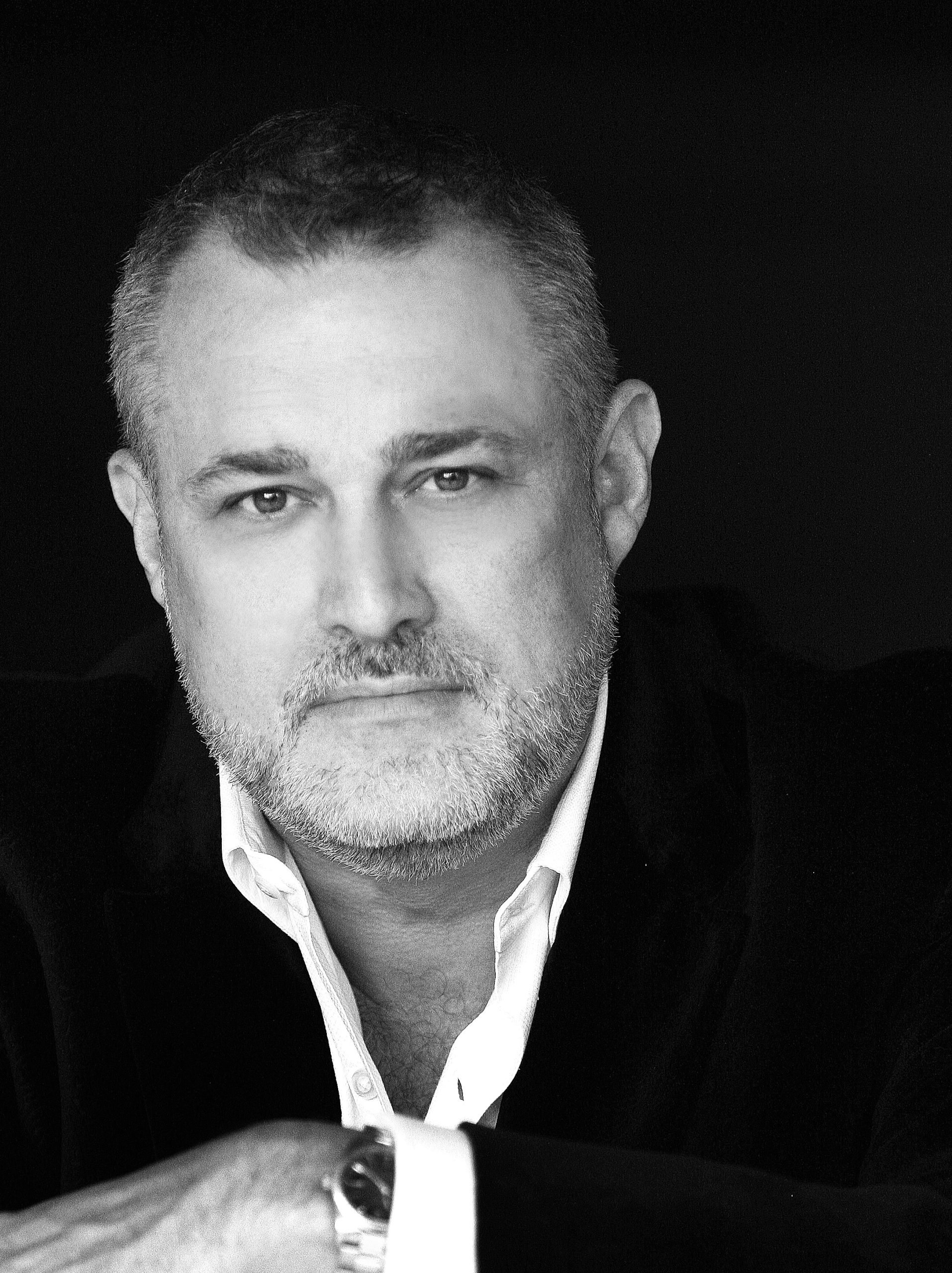
Going Barefoot into the Wine Industry – What We Learned About Running a Business

Sometimes you find the business opportunity, and other times the business finds you. The latter is the case with Bonnie Harvey and Michael Houlihan, the founders of Barefoot Wines. While you may not recognize their names, I’m sure you’ve seen the wine brand they founded on the store shelves.
Barefoot Wines is consistently one of the top-selling brands not only in the U.S., but around the world. Bonnie and Michael didn’t head to California’s Napa Valley to launch the next prestigious wine label. In fact, they were complete industry outsiders and knew nothing about running a winery. Why would anyone launch a business they know nothing about? They told their remarkable story to our attendees at a recent C-Suite Network Digital Discussion.
“We really didn’t have any knowledge about the wine industry, and we really didn’t have any money,” Bonnie recalls. “What I did have was a client in the industry that was growing grapes, and he wasn’t paid.”
“I wasn’t able to get any money out of them, but I was able to get wine and bottling services,” Michael remembers. “I went back to Bonnie and said ‘I think we’ve got this figured out, all we have to do is come up with a name, a marketing program, we have to understand what the supermarkets want, we have to understand the distribution, how hard could that be?'”
That was a solid enough start for the newly-minted winery owners.
“The bottom line is we took advantage of an opportunity presented to us that was $300,000 that was going to be lost unless we accepted this trade,” Bonnie said.
With that, Michael and Bonnie were now in the wine business. Two business consultants who didn’t know much more about wine than it came in bottles found themselves operating a wine label.
Michael says they had confidence that they could run a business, despite their lack of experience in this industry. They said they relied on their guiding principles and the business tools they used for years to get Barefoot off the ground. It just took a lot longer than the couple thought.
The plan was to sell the business in three or five years. It turns out; it took almost twenty.
Prior to that transaction – and since they were such newbies to wine, they had to learn the basics, from production to distribution.
“I think the biggest lesson we learned, a real shocker, is if the distributor bought our product that didn’t mean they were going to sell it to the retailer and if they did, it didn’t mean they were going to get the reorder,” Bonnie said. “If it sold quickly and the retailer made a profit on it, it didn’t mean the retailer was going to be reordering it from the distributor.”
Bonnie pointed out many wineries think a big-name distributor guarantees success. It doesn’t.
“You’ve got work to do,” Bonnie said. “You’ve got to do the distributor’s job, the distributor’s salesperson’s job, and the retailer’s job. Unless you understand that distribution chain, you’re going to have a lot of failures along the way.”
Part of that work was figuring out what the market needed. Bonnie and Michael thought they had good wine, with consistent quality at a fair price. That wasn’t enough. So, they asked people at all levels of the distribution chain what the market was missing.
What they found was a surprising string of lingo they were missing.
“They said ‘Well, we could use a salt and pepper act in a pig and it better be better than Bob and cheaper than Bob. Can you do that?’ I said ‘sure,’ didn’t know what that meant,” Michael recalls. “I found out a salt and pepper act was two varietals under the same brand (like a red and a white). Bob was Robert Mondavi (brand) that dominated the market. Then, a pig was a 1.5-liter bottle. That’s the big fat bottle of wine. That’s why they call it a pig.”
Michael said if he had to do it all over again, he would have stayed away from “selling pigs.” Barefoot ended up having a very specific customer in mind.
“When we started, we went after the 37-year-old mom, pushing the cart down the grocery store aisle, with 2 ½ kids. What did she want? She wanted a wine that tasted the same from year to year. She wanted big fruit-forward, easy drinking. In other words, she wanted a Tuesday night wine she could depend on at a good price. Many of these women, because they got started on Barefoot, went on to appreciate fine wines,” Michael said.
“Barefoot was non-intimidating. You could pronounce everything on the label. You could find it easily. It had a big foot on the label. It jumped out on that pizza of a shelf.” Bonnie said.
Here’s a little tidbit, the foot on the label everyone recognizes is actually Bonnie’s.
Barefoot also tried to break down the mental barriers customers had about wine.
“Barefoot was one of the pioneers that made wine approachable and fun as an adult beverage,” Michael said. “You have to remember when Barefoot hit the market (sales were) 8 to 1 beer over wine. Wine was considered elusive, exclusive. We opened the door to expand the wine aficionado envelope to a whole new generation that might have bypassed wine altogether because of the snobbery and the exclusiveness, and they couldn’t speak French either.”
One part of Barefoot Bonnie and Michael were proud of was the brand’s commitment to the communities they served. Early on, the label helped non-profits as part of its marketing strategy because they had no money for a traditional advertising campaign. As the business grew, so did Barefoot’s loyalty to charity.
“That became very exciting because we got to know various people and we got to be a part of their following, instead of trying to create our own from scratch, we got to join in on people who were part of non-profits and communities,” Bonnie said.
Family also played a big part in the brand’s success. The idea of selling champagne came from Bonnie’s mom. Michael had taken a trip to southern California over the holidays, and he noticed that everyone was buying champagne, not wine. She wondered aloud why Barefoot didn’t make champagne and said they should name it Barefoot Bubbly. Michael took her advice, and she toasted her 80th birthday with the new product.
I’d like to thank Michael and Bonnie for their candor and honesty. They may be some of the most transparent business-people I have ever met. They share their mistakes and successes equally to help the next generation of business leaders do the right thing.
If you’d like to hear my complete conversation with them along with the question and answer session, listen to this special episode of All Business with Jeffrey Hayzlett.
- Break Free From Founder Dependence: Strategies for Business Success? - June 14, 2023
- The Gentle Leader’s Playbook: Mastering Employee Performance Without Being a Jerk - June 14, 2023
- Leading Through Future Uncertainty - June 7, 2023






